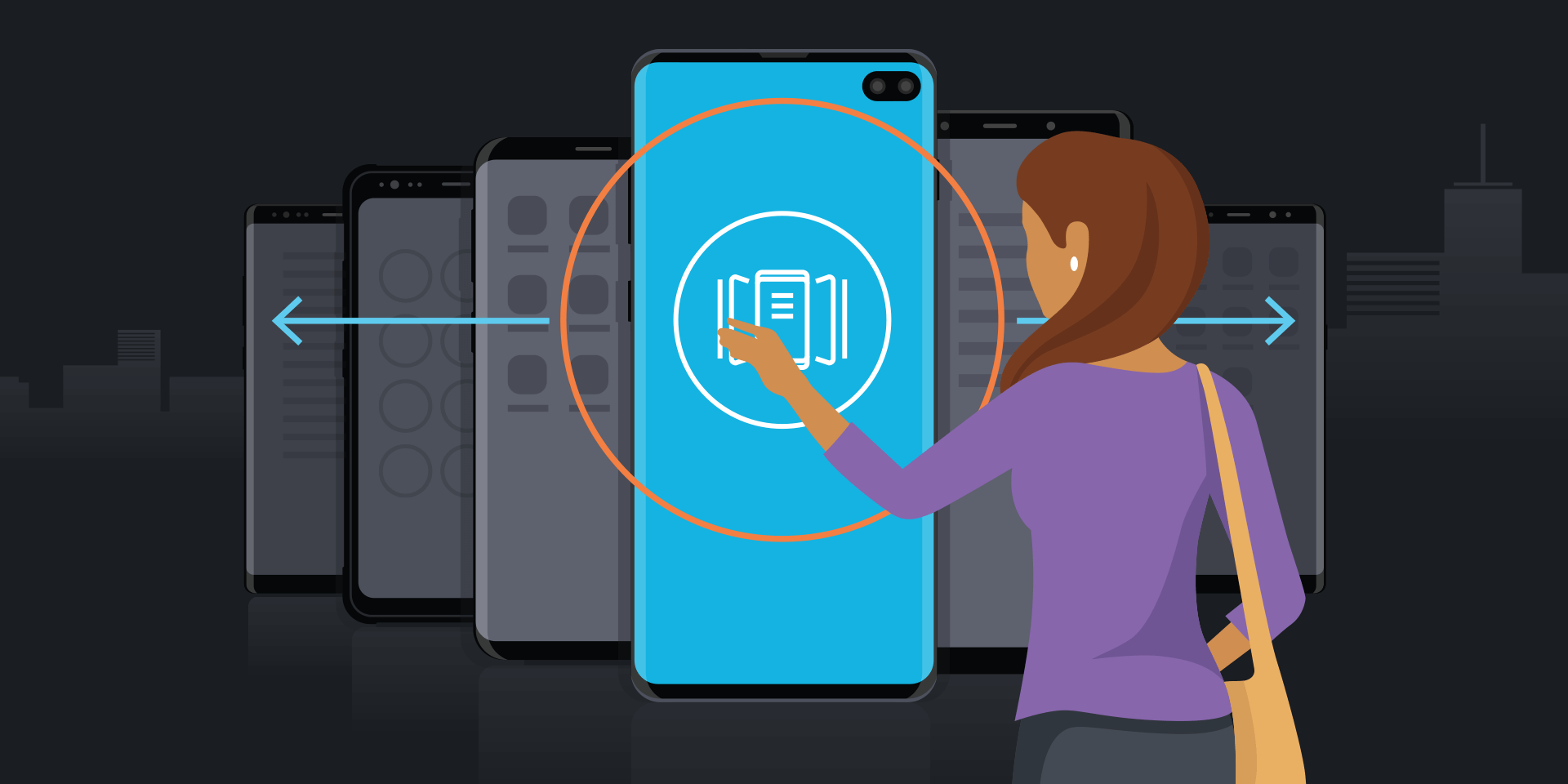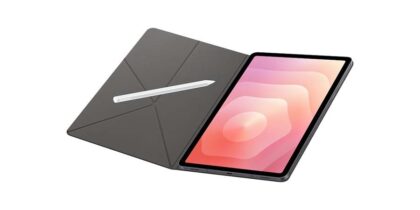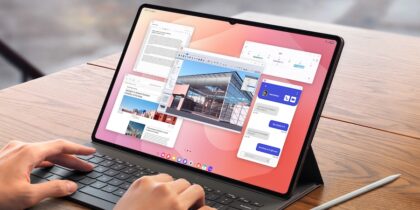Enterprise network deployments in the Citizens Broadband Radio Service (CBRS) band have the potential to address two of businesses’ most critical communications needs: fast, reliable and secure connectivity, and connectivity that’s available in limited, hard-to-reach areas.
With shared spectrum technology like CBRS, organizations can make use of their own private networks, particularly on campuses — where they can guarantee coverage and trust their networks’ data security.
Here’s an overview of CBRS, the role of the OnGo Alliance in evangelizing the technology, potential use cases and how CBRS stands apart from other deployment options.
- What is CBRS?
- What is the role of the OnGo Alliance?
- What are the benefits of CBRS vs. Wi-Fi?
- What are the benefits of CBRS vs. public LTE?
- What does CBRS bring to enterprise LTE?
- What are the use cases for CBRS?
- What are the key considerations for OnGo deployments on the CBRS band?
- How will CBRS adoption evolve?
What is CBRS?
CBRS occupies 150MHz of shared spectrum in Band 48 (otherwise known as the 3.5GHz C-Band). Following a decision by the Federal Communications Commission (FCC) in 2015, CBRS was designated as a band of spectrum that could be shared among three tiers of users.
The first tier included incumbent users, such as the U.S. Navy and satellite ground stations, which need to use the CBRS band for many different mission-critical situations. The second tier encompasses priority access license (PAL) holders, including internet service providers (ISPs), carriers and large enterprises who received licenses as part of an auction process completed in 2019. The CBRS band’s third tier, general authorized access (GAA), provides free access to the spectrum in areas where user traffic doesn’t interfere with traffic on the higher tiers.
What is the role of the OnGo Alliance?
To ensure seamless interoperability, an industry association known as the OnGo Alliance is focused on driving the development, commercialization and adoption of shared spectrum solutions on the CBRS band. This includes developing a set of detailed specifications and a certification program to ensure all network components reflect the performance and interoperability standards that have been set.
“Samsung is working with the OnGo Alliance as a full member to ensure interoperability from a standards perspective,” said Dave Young, Senior Product Manager, Samsung Private Networks, Samsung Electronics America. “Our goal is to ensure customers have the best possible choice in terms of OnGo solutions on the CBRS band to meet their needs.”
Samsung’s CBRS Outdoor Small Cell was certified in 2019 and has been commercially deployed by customers in the United States. It enables operators and enterprises to offer broadband services to homes and offices using LTE technology.
In February 2021, Samsung’s CBRS 4T4R Radio received OnGo certification. A compact radio solution, it supports a split-mode to operate both 4G and 5G simultaneously. The CBRS 4T4R Radio is designed to cover high-density locations and venues, such as concert halls, stadiums and logistics hubs.
What are the benefits of CBRS vs. Wi-Fi?
As mobile usage across the enterprise becomes more widespread, some organizations are struggling with Wi-Fi’s shortcomings — including installation and maintenance costs, insufficient coverage and network congestion, which can hinder app performance and disrupt workflows.
By contrast, OnGo deployments on the CBRS band can support twice the capacity of Wi-Fi, protects against network interference and offers four times the range suitable for large-scale deployments.
Wi-Fi networks’ open spectrum makes them a common target for hackers. On the other hand, CBRS band access is secured by a SIM card and login requirement.
Finally, OnGo makes it easy for end users to switch between access points without experiencing the issues associated with Wi-Fi, like disconnections and dropped calls.
Wi-Fi continues to offer many advantages in terms of convenience, simplicity and total cost of ownership (TCO), so organizations with smaller staff or less intense security needs will still use it. However, OnGo-certified solutions on the CBRS band offer a better alternative for many enterprise use cases.
What are the benefits of CBRS vs. public LTE?
Traditionally, public LTE networks have relied on mobile operators using spectrum publicly auctioned by regulatory bodies for the services they provide. Public LTE deployments have also tended to involve technologies such as two-way land mobile radios (LMR) and distributed antenna systems (DAS).
While those options may work initially, they lack the flexibility and efficiency of CBRS, particularly as enterprises seek to advance their network capabilities and take advantage of 5G connectivity. OnGo deployments on the CBRS band allow enterprises to enhance their capabilities, even if they continue to work with carriers, and also act as a catalyst for new companies to emerge with the broadband connectivity they need.
What does CBRS bring to enterprise LTE?
With enterprise LTE, your organization doesn’t have to rely on carrier networks but instead deploys its own LTE network infrastructure to support connectivity at a certain facility. This gives you complete control over your networks and your data — and allows you to dynamically customize your connectivity based on your specific applications. With these network benefits, your business can deliver fixed wireless services, point-to-multipoint offerings and last-mile fiber access. You can also supplement or replace your Wi-Fi installations with additional spectrum, whether shared or dedicated.
Beyond that, running enterprise LTE on the CBRS band confines all of your business data to the corporate network, guaranteeing the level of privacy required in sectors like financial services and healthcare.
This approach to enterprise LTE can also bring cost savings. You need fewer small cells than you need for Wi-Fi, and expenses like power, cable running and maintenance tend to be lower, too.
Perhaps most importantly, with OnGo on the CBRS band, organizations can set a fixed length for data transfers — improving latency — and control how their data traffic is prioritized, boosting quality of service.
What are the use cases for CBRS?
The OnGo Alliance describes wireless spectrum as the “fourth utility,” almost as necessary as heat, water and power. OnGo certification was designed to enable deployments in diverse areas.
For many organizations, improved in-building connectivity enhances employee and customer experiences alike. Early adopters of CBRS include the hospitality sector and multifamily residential spaces. The same connectivity will be vital in large public spaces like stadiums and shopping malls as consumers gradually come back. Behind the scenes in larger organizations, CBRS may unleash even greater innovation — with internet of things (IoT) devices automating industrial processes on factory floors and in warehouses.
When the COVID-19 pandemic first started, millions of students were abruptly sent home from school, and educators immediately faced the challenge of enabling at-home learning. Many institutions continued to offer a combination of in-person and virtual lessons, but such a model is difficult to maintain for students in rural or remote areas. OnGo-certified solutions on the CBRS band offer a natural solution: fast connectivity, with the reliability that sophisticated educational applications demand.
What's the best phone for your business?
Take this quick assessment to discover the smartphone most tailored to your business needs. Download Now
In the utility sector, companies are adopting enterprise LTE to connect smart meters in residential neighborhoods. The added connectivity allows them to alert customers when an outage occurs, and to inform them of how much money they could save by altering their energy usage.
Markets like agriculture see similar use cases. Today, farmers are beginning to use sensors on tractors, detecting upcoming repair needs before they are emergencies. Some farmers are adding sensors to their heaters and fans to detect moisture changes, ultimately increasing their yields and cutting costs.
OnGo solutions on the CBRS band are also paving the way for the future of transportation. Autonomous vehicles, for example, are still under development, so they need to be tested in safe areas. The companies that work on them need connectivity that can extend to more remote areas and allow quick upload and download speeds.
But these scenarios are just the tip of the iceberg. CBRS has equally compelling use cases in areas including — but not limited to — mining, manufacturing and the development of smart cities.
What are the key considerations for OnGo deployments on the CBRS band?
One of the first steps in an enterprise CBRS deployment is ensuring it’s the right fit for your business needs. This includes weighing the pros and cons of technologies like Wi-Fi and considering what CBRS solutions would cost you long-term. As you develop a plan for deploying CBRS in your network, think through your expected bandwidth usage for current and future use cases.
You’ll also need to double-check that you’re working in an area that’s authorized to use the spectrum. Remember that priority is given to incumbents like the U.S. Navy, as well as PAL users. This is managed by shared access signature (SAS) administrators who’ve been appointed by the FCC. Working with them provides organizations with a database on the cloud, which they can use to determine spectrum availability and have channels assigned based on their coordinates.
Next, consider working with an experienced partner to help place and install the equipment appropriately. A deployment may give you an opportunity to deliver greater value by updating the mobile devices you offer your team. In businesses like casinos and hotels, for instance, a multipurpose mobile device such as the Samsung Galaxy XCover6 Pro, with a dedicated push-to-talk (PTT) button, could replace two-way radios. In retail, tablets like the Tab Active4 Pro can be used on private networks to scan barcodes, serve as a mobile point-of-sale (mPOS) or assist with real-time inventory management in a warehouse.
Both the XCover6 Pro and Tab Active4 Pro were specifically designed to support CBRS as well as Wi-Fi and even 5G, offering all the connectivity options businesses might require.
Don’t forget to consider the internal policies and protocols you might need to update — or establish — to make the most of all the security and control your OnGo deployment offers.
How will CBRS adoption evolve?
Given how recently the spectrum became available for commercial use, we’re only in the early days with shared spectrum and the way organizations could use it as part of enterprise network developments.
For example, OnGo can easily be software-upgraded to 5G, putting organizations in an even better position to take advantage of 5G’s network slicing, low latency and increased bandwidth capabilities. Connectivity and bandwidth in rural areas will also likely improve following the conclusion of the 3.7-4.2GHz auction, or C-band auction, that’s expected to resume this year.
This along with the OnGo Alliance’s ongoing work to coordinate industry efforts around CBRS band specifications demonstrates the ongoing shift toward cellular-style capabilities in the enterprise.
Find the right smartphone for your business and employee needs with our free guide. Or explore the 10 ways that the rugged, push-to-talk Galaxy XCover6 Pro will make your team field-ready.









